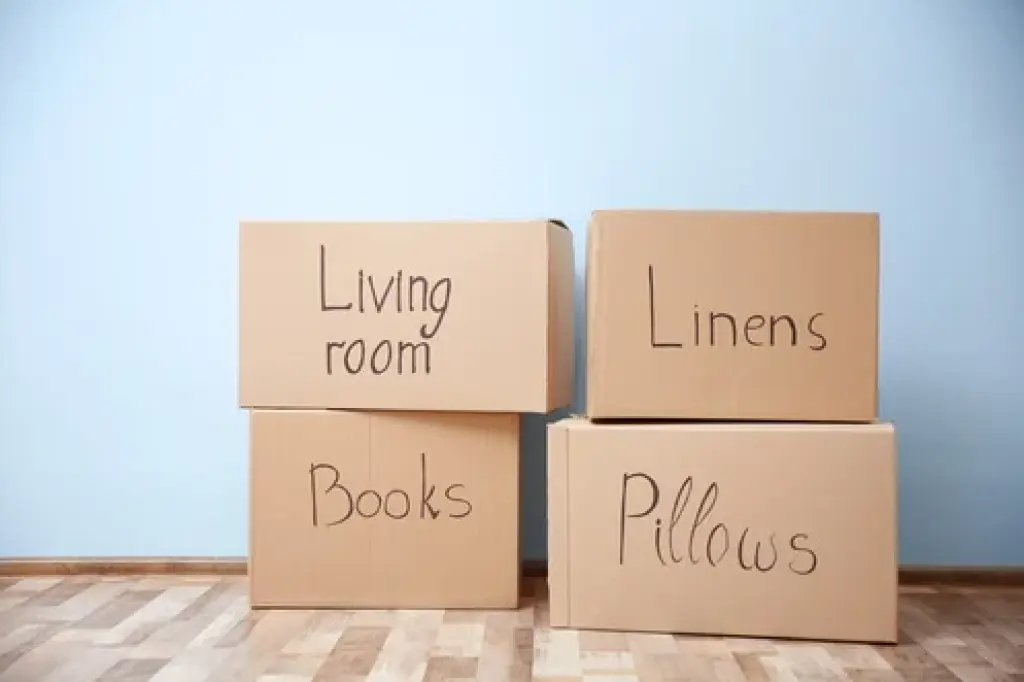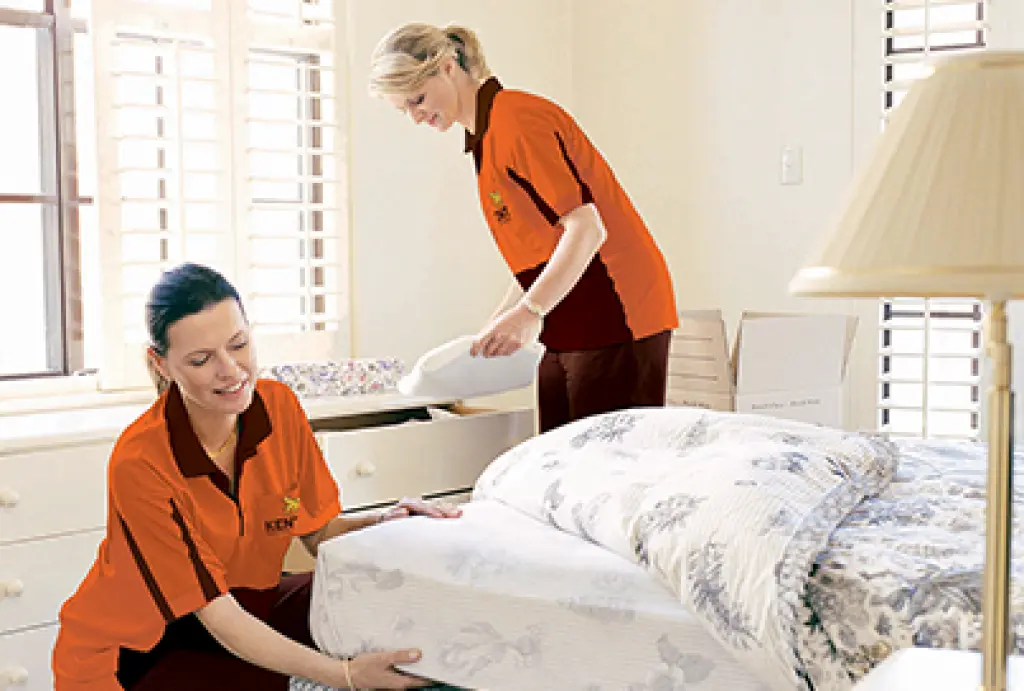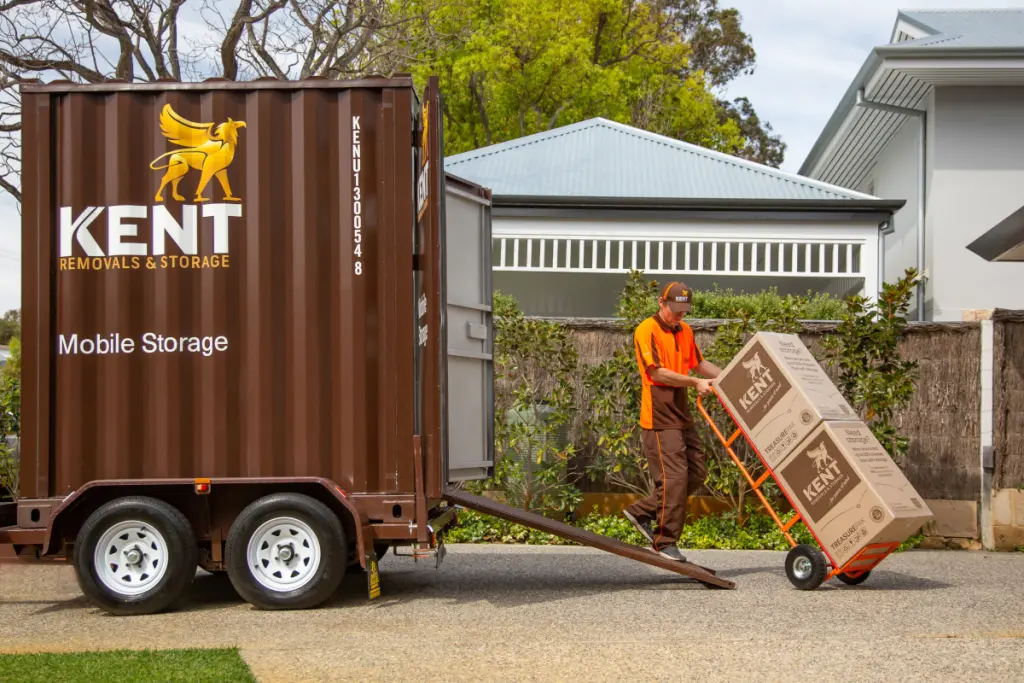Step 1: Enlist Help
The best way to move a piano is to enlist the help of a professional. A professional piano removalist is guaranteed to know how to move a piano safely, and ensure it arrives in pristine condition.
However, if you’d prefer to opt for the DIY technique for moving a piano, you will need to enlist the help of some able-bodied assistants for several reasons:
Pianos are extremely heavy. Even the smallest upright piano can weigh anywhere from 140kg to 180kg, with a large upright piano weighing upwards from 360kg. A good rule of thumb is ensure you have one person for every 50kg of piano that needs to be moved
Pianos are extremely bulky. Even the smallest piano is likely to be at least 1.5m wide and 1m high. If you’re moving a grand piano, it could be as wide as 3m
Pianos are extremely fragile. While pianos may look sturdy, they are actually very easily damaged. Pianos contain a number of fragile components, from strings and pedals, through to hammers and keys that break easily.
As such, regardless of the size and weight of your piano, you simply cannot move it alone. At the very least, you will need to enlist the help of one strong partner. However, for additional safety, we recommend that you have a minimum of four strong, able-bodied people to help you move your piano onto a moving truck.
Step 2: Gather the Right Materials for Moving a Piano
Before you even consider moving a piano, you need to ensure that you have the appropriate materials on hand. You should assemble quality packing and moving supplies, including:
Heavy duty moving blankets: to protect your piano against bumps, scratches and dents while it is in transit
Heavy duty packing tape, ropes or straps: to fasten your moving blankets around your piano
Furniture straps: to give you a better grip when you’re manoeuvring the piano by hand
Moving dolly: an absolute necessity, you should only invest in a dolly that has four heavy-duty wheels
Moving vehicle: it’s best to find a moving vehicle that has a hydraulic lift, if you can’t find one, make sure that truck has a loading ramp. You want to make getting your piano onto the truck as easy as possible to prevent possible breakage and damage. A lift or a ramp will make the journey onto the moving truck far gentler than lifting your piano. Plus, it is much safer for your back.
Step 3: Prepare Your Piano for the Move
The best way to move a piano includes taking the time to properly prepare your piano. To do so:
Ensure the piano lid is closed and secure. Piano keys are incredibly fragile so it is essential that they are protected during a move. If there is no lock on your piano lid, consider securing the lid with some tape. Just keep in mind that some types of packing tape are prone to leaving sticky residue on the surface of your piano lid
Remove any wheels or casters on the base of the piano. Keep in mind that you should never try moving a piano using the metal wheels on its base. For the most part, these wheels are decorative, designed to move the piano around a room, not down a hallway and onto a removals truck
Ensure any music stands are laid flat, flush against the side of your piano. If possible, secure the stand to the side of the piano, once again keeping in mind that some types of packing tape are prone to leaving sticky residue on the surface of your piano
Wrap the piano entirely in heavy duty moving blankets to prevent scuffing and marks whilst it is in transit. Make sure that every part of the piano is covered
Once you have encased the piano in moving blankets, secure the blankets with packing tape, ropes or straps.
Step 4: Create A Moving Plan
Moving a piano is hard work. You don’t want to add to the degree of difficulty by failing to have a clear moving plan before you start. A moving plan will give you a clear direction to the exit point, and ensure that every member of the moving team is aware of their responsibilities. To create your moving plan:
Using a tape measure:
Measure the dimensions of your piano, including its height, width and length
Measure the dimensions of all the areas through which your piano will need to pass to reach the moving truck. Be sure to include all doorways and hallways.
Remove any obstacles that may hinder your progress, including taking doors off their hinges
If you’re moving a piano onto a moving truck, make sure:
The truck doors are open
Any ramps or hydraulic lifts are deployed.
Communicate your moving plan to all members of your moving team, ensuring that everyone understands their responsibilities, from the route you plan to take, through to who will open any doors along the way.
Step 5: Safely Load Your Piano onto the Moving Truck
The process for moving a piano onto a moving truck, depends upon the type of piano you are moving.
How to Move a Small Upright Piano
If you need to know how to move a small upright piano, simply follow these steps:
With the help of your able-bodied assistants, lift the piano firmly from underneath the body
Taking slow, small steps gradually walk the piano out to the moving truck
Keep the piano in its natural, upright position at all times to protect its fragile internal mechanisms
Remember to stop every couple of metres, put the piano down, rest, and reset your grip
When you reach the moving truck, the two strongest people should pull the piano up onto the truck, while the other two (or more) people should push the piano up, helping to guide the piano up the ramp. Never have anyone stand behind the piano, just in case it rolls backwards down the ramp.
How to Move a Large Upright Piano or a Baby Grand Piano
If you need to know how to move a large upright piano or how to move a baby grand piano simply follow these steps:
Place your moving dolly at one end of the piano
Ensure that there are at least two (if not more) people at the dolly end of the piano. These people will need to support the weight of your piano, and keep it upright and even, as it is placed on the dolly
With the help of able-bodied assistants, gently lean your piano onto the dolly. Never use gravity to lean your piano backwards; given the weight of a piano, it can quickly overpower you
Keep the piano in its natural, upright position at all times to protect its fragile internal mechanisms
Slowly roll the piano towards the moving using the dolly. You should place the strongest people on each corner and have one person pushing the dolly. Be sure to stay close at hand, support the weight of the piano, and keep it steady
If the piano is too high to fit through a doorway, you may have to carefully remove the dolly and lift the piano through, before placing it back on the dolly
When you reach the moving truck, the two strongest people should pull the piano up onto the truck, while the other two (or more) people should push the piano up, helping to guide the piano up the ramp. Never have anyone stand behind the piano, just in case it rolls backwards down the ramp.
Keep in mind that the steps outlined above may not be suitable for moving all types of pianos (particularly if they are extremely large, heavy or bulky), or if you have to move a piano up or down flights of stairs or through narrow openings. To avoid any personal health and safety risks, we recommend consulting a professional piano removalist.
Step 6: Secure Your Piano Inside the Moving Truck
Once your piano has been safely placed inside the moving truck, ensure that it is in an upright position, placed in an easily-accessible location. Then secure your piano to the moving truck using heavy-duty straps or ropes. The piano should be secured so tightly that it does not move at all. If there is any movement, you risk having the delicate internal mechanisms (such as the strings and hammers) of your piano damaged whilst in transit.
Step 7: Ensure Your Piano is One of the First Items Off the Moving Truck
Upon arriving at your new home, remove your piano from the moving truck first, if at all possible. Your piano is possibly the most delicate (and one of the most expensive) items in your moving truck. As such, you don’t want to risk it being damaged while other items are unloaded. Once the piano has been unloaded from the moving truck, be sure to move it directly into its new home—it’s never a good idea to leave pianos outside, where they can be damaged by moisture, heat and direct sun.
There you go, follow these seven easy steps, and you’ll have successfully, safely moved your beloved piano to its new home. Now it’s time to play a sonata or two and congratulate yourself on completing such a difficult task.







